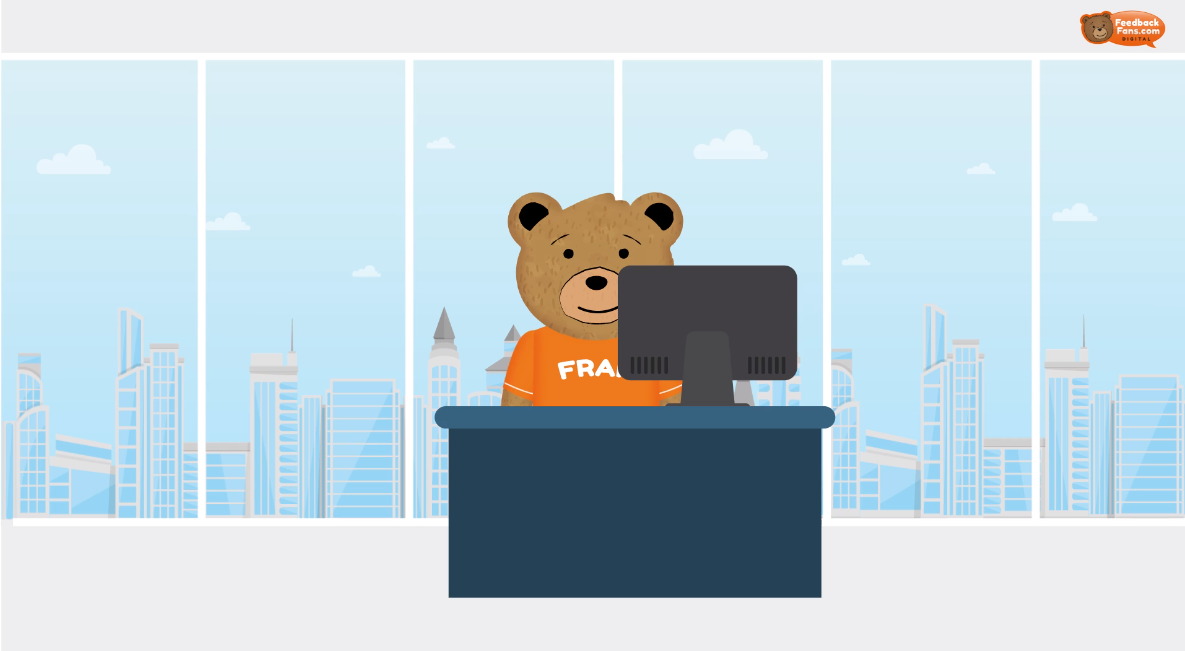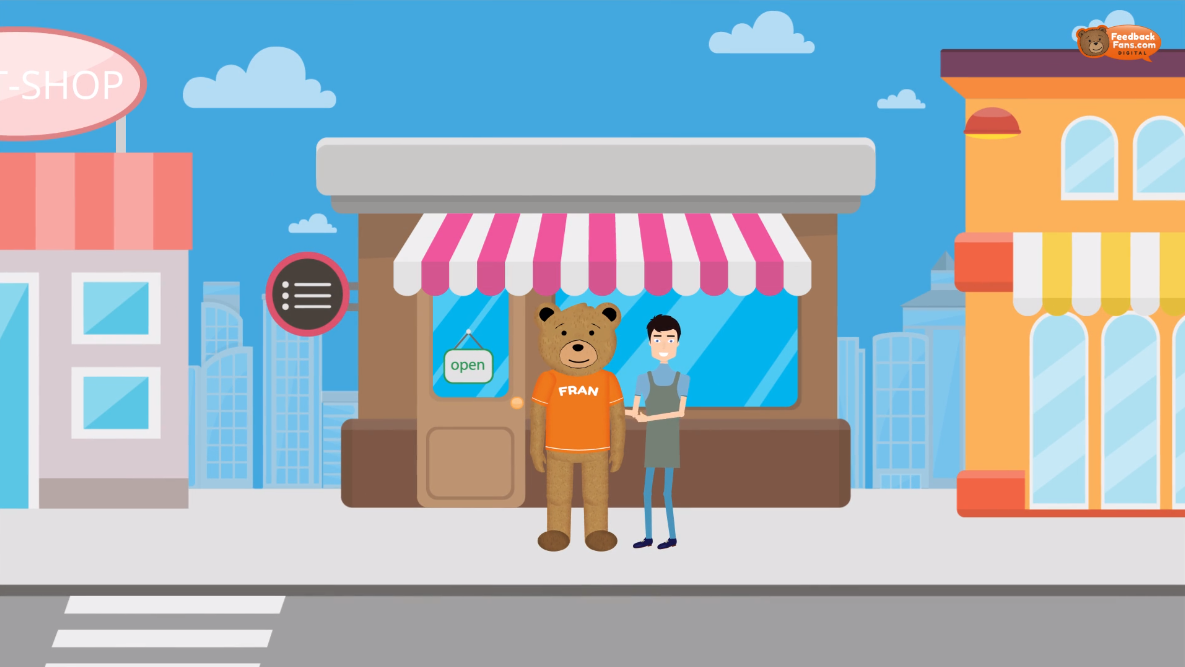How popular is your brand, really? The BAR (Brand Awareness Relativity) Popularity Scale goes beyond surface-level metrics to provide a detailed picture of your brand’s visibility, resonance, and standing in the market. It’s like having a popularity scorecard for your business, giving you the insights you need to grow and shine. Ready to see where you stand—and how to climb higher? Let’s measure your brand’s true impact.
What is the BAR scale?

The Brand Awareness Relativity Scale (also known as the BAR Scale) is a FeedbackFans.com proprietary method for evaluating the popularity of a brand within a certain marketplace for a particular product at a certain stage in time using publicly available data sources. It then ranks these brands relatively by popularity with the highest performing brand scoring 100 points.
For example, a brand with a score of 100 is 5x more popular than a brand that scores 20. In reverse, a brand that scores 20, is 5x less popular than a brand that scores 100.
A brand that scores 20 is 4x more popular than a brand that scores 5, and so on and so forth.
If you are looking for the BAR Scale to tell you anything other than the definition above, it does not do that.
How is the BAR Scale compiled?

The BAR Scale processes millions of indicators from sources such as search, social and website data to particular brands around a product or service and then establish a ranked order.
Exclusions are made on a threshold to BAR Scale for particular industries when results may get polluted or become too one brand dominant. These are made on a case by case basis and will always be fully disclosed, such as the removable of Money Saving Expert from the ISA/Savings BAR Scale below.
What Can the BAR scale help me do?

Whilst created as an experiment to help one particular business understand where it’s competitive position was in a marketplace, the BAR Scale has subsequently been used by many professionals in different sectors to allow them to track the progress of their brand.
In particular, we have seen many use cases for BAR by Brand & Marketing teams to monitor the success of their campaigns.
Another use case was to establish how successful a new entry into a marketplace had been relative to the incumbent brands.
There are many other different uses for the BAR Scale, and it’s insights can prove invaluable.
Can you do a BAR Scale for my industry?

Yes, absolutely.
We will create a sample BAR Scale for your industry and can discuss how you could implement the BAR Scale at your business.
Industry: Automotive
Data-set Size: 62m
From these results taken in August 2019, we can say that in this moment of time
Ford is the most popular Car make in the United Kingdom
Honda is half as popular as Ford
Jaguar is a quarter of the popularity of Ford
Tesla has 18% of the popularity of Ford in a very short existence
Industry: ISAs & Saving
Data-set Size: 1.8m
Saving accounts is a fascinating industry to study. There are a variety of different types of brands fighting it out for your hard earned saved up money. The propositions vary between investing and cash saving, each with their own designated flavours.
For this study we have omitted Money Saving Expert. They are a huge influencer in this space and have 10x the popularity of the next highest brand, which as you can see below is the Post Office. They have been removed as they dwarf every other brand combined, but please remember that context when viewing these results.

